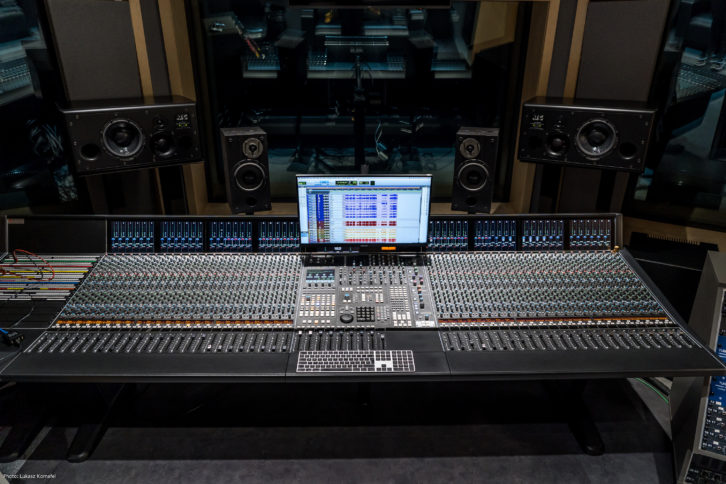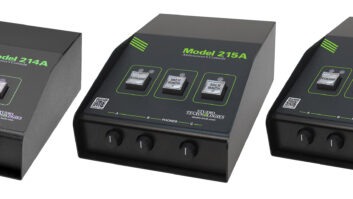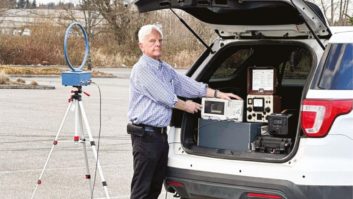
To mark its founding 95 years ago, Polskie Radio Katowice renovated its renowned Concert Studio’s control room, fitting the space with a new acoustic treatment, a bevy of new audio equipment and a 48-channel Solid State Logic Duality Fuse SuperAnalogue mixing console.
The two-story-high, 176-square-meter Concert Studio with seating for up to 180 people itself was last renovated in 2001, and now it was time to replace the control room. “We tore the control room apart and redid the whole thing from scratch,” stated Krzysztof Kurek, the principal sound engineer at the facility.
Twenty years ago, during the Concert Studio renovation, the control room was outfitted with state-of-the-art equipment. Naturally, technology has evolved a lot since then. “It’s great as long as it’s modern,” stated Kurek, “but once it’s not, you can’t even update it,” referring to the older software, operating systems and computer equipment.
[See Our Who’s Buying What Page]
The Polskie Radio Katowice engineering team selected the SSL Duality Fuse to replace the previous digital audio system, in part, because it is an analog board. “When we were thinking about which desk to choose, we said, ‘Duality is the best, because it can work with a 24-track tape recorder instead of a computer.’ That was one reason why we didn’t choose a hybrid solution,” Kurek stated. That the board could support 48 channels, as opposed to the old system’s 32 channels, was another selling point.
Warsaw-based distribution and integration company Audiotech Commercial supplied the console.
Polskie Radio Katowice is the largest regional channel in the public-service Polskie Radio group, covering all of Silesian voivodeship from the provincial capital, Katowice. The channel’s FM and DAB+ signals reach into the neighboring voivodeships of Małopolskie, Opole and Łódz, as well across the border into parts of Czechia and Slovakia.
The Concert Studio is one of the few facilities in Poland able to accommodate live performances by large orchestras, choirs and big bands or to record large ensembles.
Kurek said he tested the SSL Fusion processing and thought it would be great for rock and other modern music, but he’s found that it works well with all sorts of recordings. “I didn’t think I would use it here at the studio, but once you have it on the desk, and it takes just one push of a button to use it,” he stated. “I’m even using it on choirs. Once you turn it on, it always makes things better.”
The console has also been used to handle live and on-air sound at the same time. “We split the signals for the desk doing the live mix for the people and I do the mixing for the radio or the internet,” stated Kurek. “We knew that we would need the desk for that kind of live mixing as well, so having a full channel strip on every channel was an important thing for us.”







